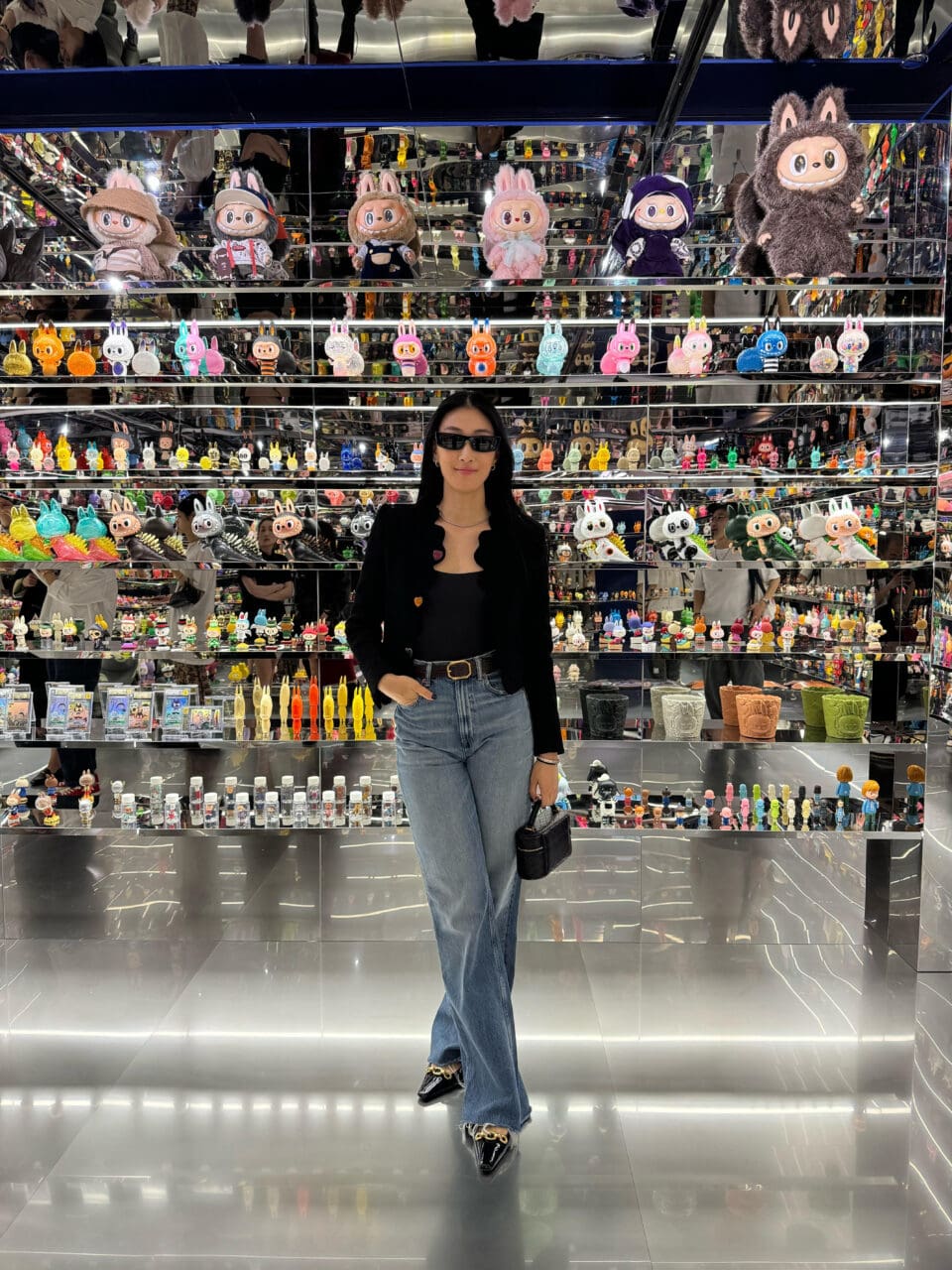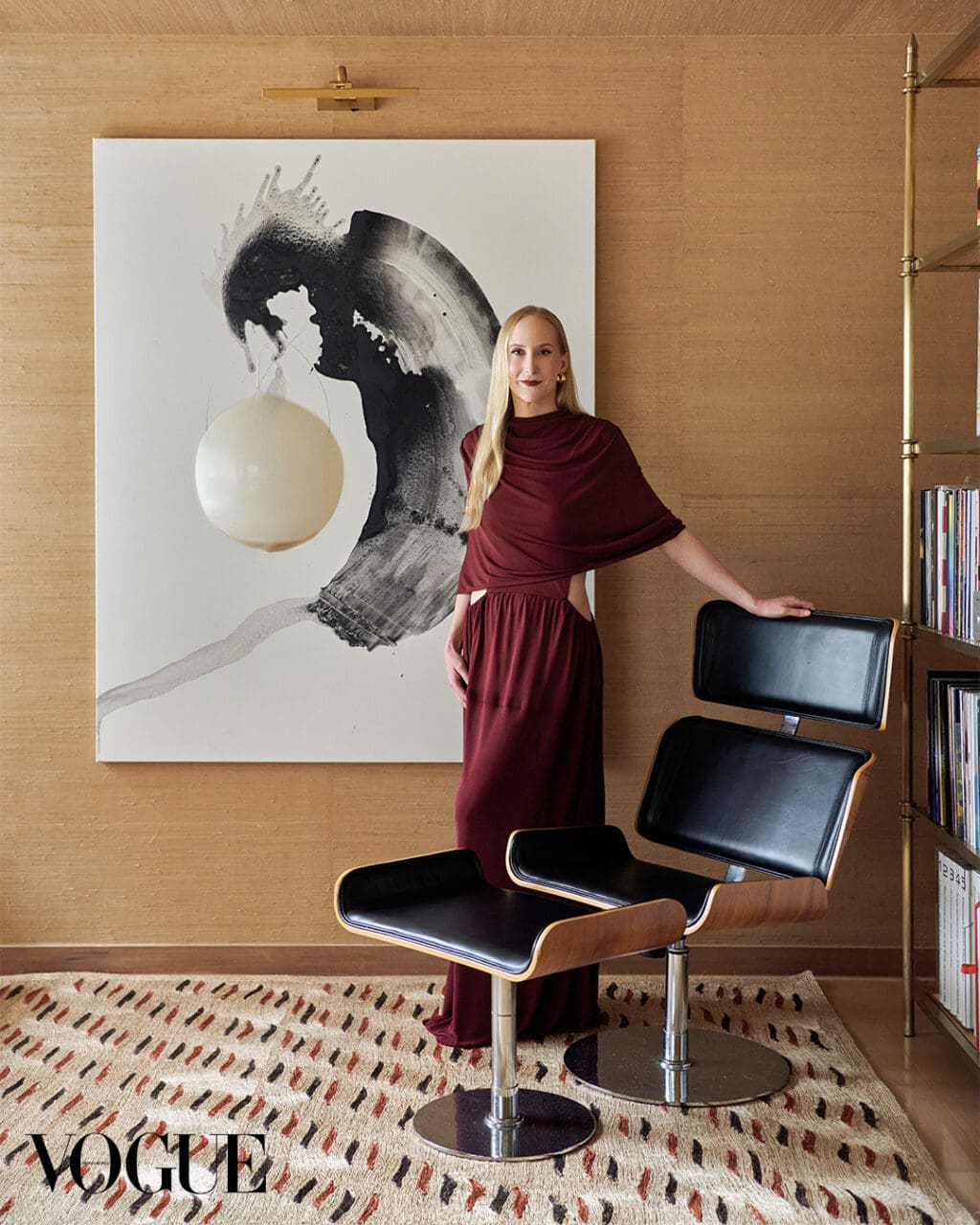There are many ways to help one cheer up! Some people go to the gym, others turn to food, but the one thing that works for me is to look at beautiful jewellery. Colourful gemstones and incredible jewellery creations always bring a smile to my face. If I had to choose one particular “pick me up,” the whimsical animal-themed jewellery from the retro period of the 1940s/50s brings me the most cheer.
This is the period right after World War II – a time of expansion and capitalism. Also a period in which everyone wanted to forget about the horrors of the years past and focus on finding joy in life. For many, nature provides this respite and to bring nature into jewellery was a means to see a triumphant return of mother earth in the forms of exotic flowers, stylised birds and wild animals.
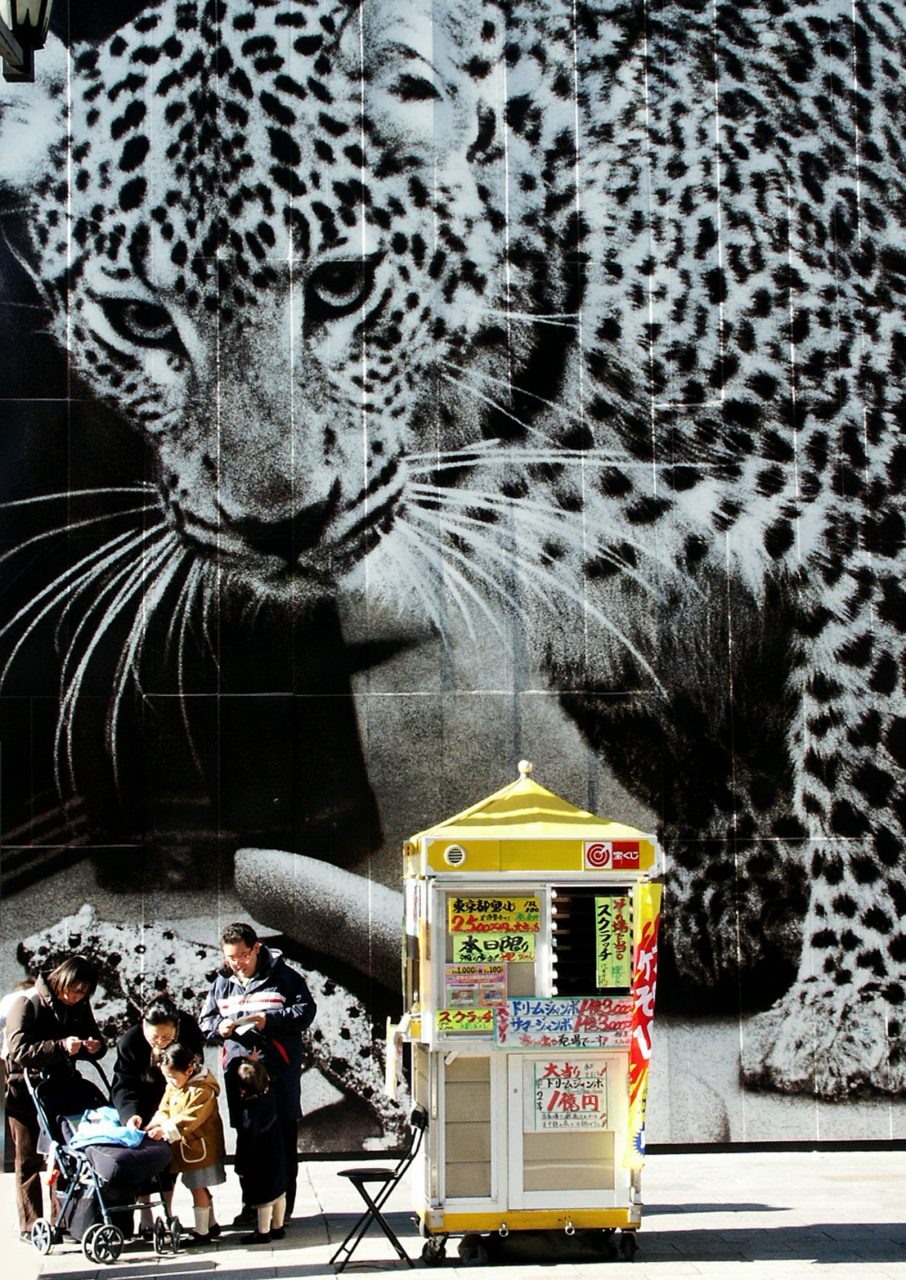
The panther remains iconic to the Cartier brand, seen here on a billboard in Ginza, Tokyo, in 2003
Photo: Eric LAFFORGUE/Gamma-Rapho via Getty Images
Amongst the wild animal themes, the jungle cats – lions, tigers and panthers – were hugely popular. In this particular arena, Cartier’s iconic panther reigned supreme. In 1948, the panther made a jump from the spotted coat motifs and two dimensional renditions into fully three-dimensional form as a gold panther brooch commissioned by the Duchess of Windsor. One year later came a panther brooch of pave sapphires and white and yellow diamonds, perched atop a 152.35-carat sapphire cabochon. Sparkling and proud, a trend began amongst famous names such as Princess Nina Aga Khan, and Barbara Hutton, who commissioned a number of “great cat” pieces.
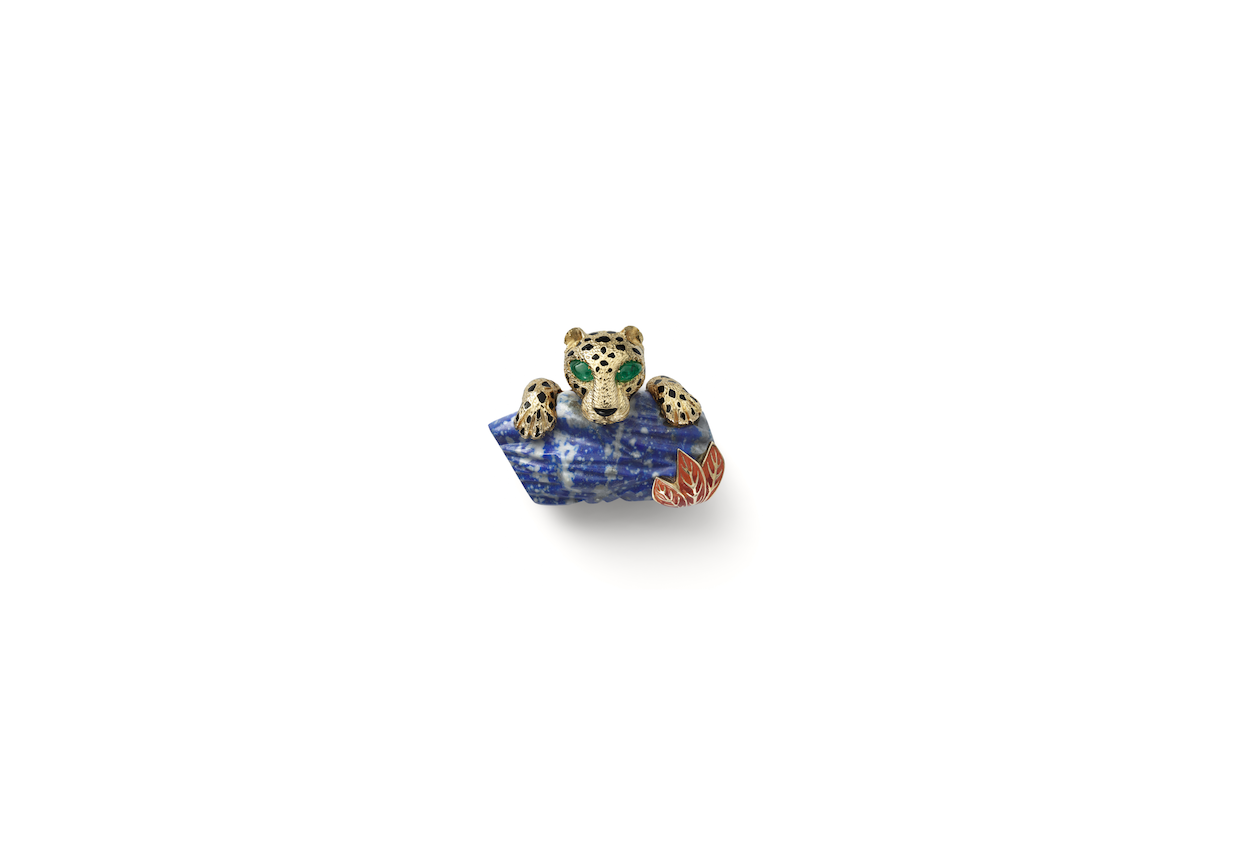
Cartier Paris 1969 panther brooch - the panther with cabochon emerald eyes is resting on a lapis lazuli rock enhanced with a red enamelled leaf, the textured gold mount is scattered with black enamelled spots
Indeed, Cartier’s unique savoir-faire ensures the realism of the panther jewellery. Cartier’s artisans hand-carve the animal spots, whether in onyx or sapphire, one by one, and expertly set them into the metal. The jeweller then folds the grains of metal into tiny threads on the stone to create the amazingly life-like jewel. Spirited, predatory, cuddly – this timeless icon celebrates many emotions and, for me, the playful brooch always lights up my day.
Birds in general are another favourite motif of many jewellers and became a specialty of the time. In many societies, birds are often seen as “messengers” sent from Heaven – a symbol of benevolence from above. At Cartier, the range of birds spans from the innocent duck caring for its ducklings to the glorious bird of paradise in majesty and the whimsical owl perched on a branch. It is impossible not to admire the exquisite craftsmanship exhibited through their fine plumage or diverse postures.
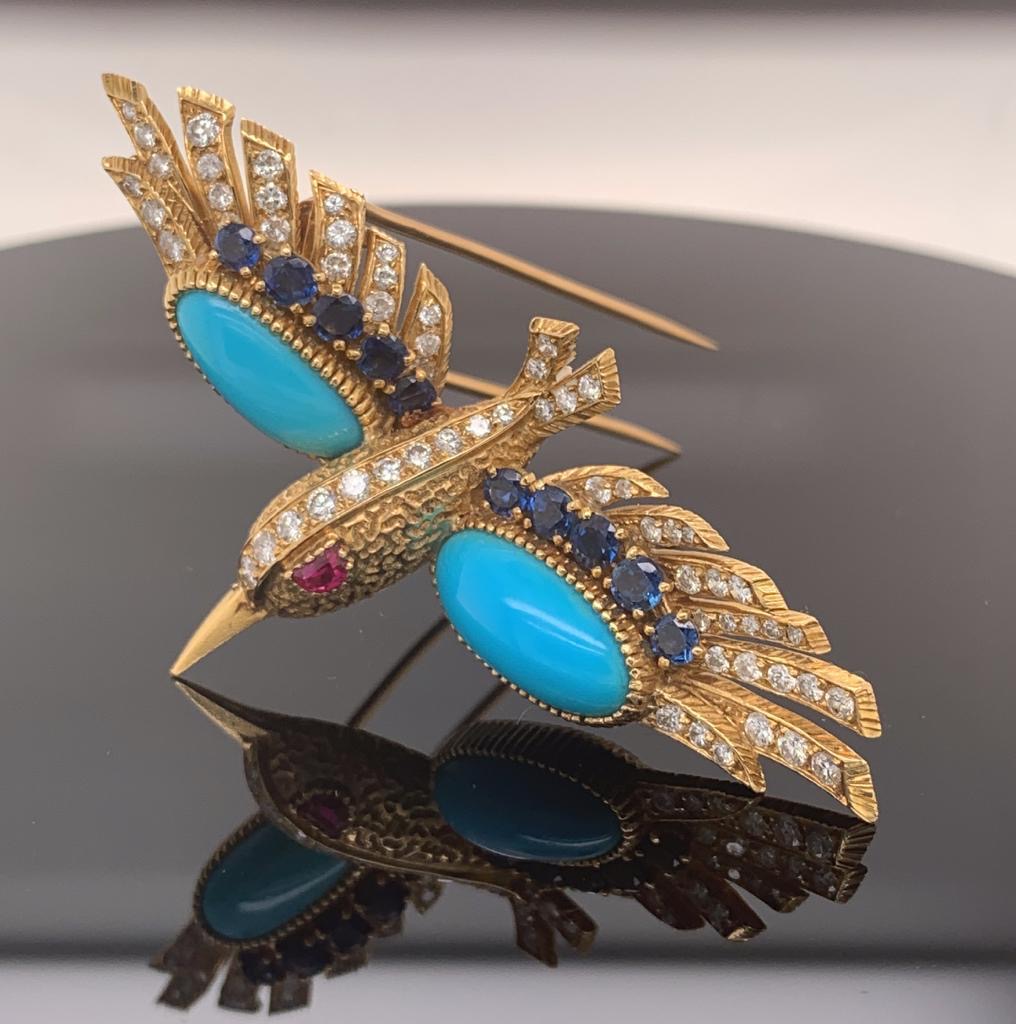
Cartier Paris late 1968-1969 flying kingfisher bird with a ruby eye and turquoise, diamond and sapphire-set wings, mounted in textured yellow gold
When appreciating retro jewellery, it is hard not to notice that most of the creations were in gold. This was the first time in the 20th century in which gold replaced platinum as the metal of choice. During the war, metals were rationed and platinum was almost unobtainable. In order to commission new jewels, the metal had to be provided and melted down as well. During times of economic instability, jewellery proved to be a valuable source of portable capital. As an alternative source of wealth preservation, precious metals and gemstones were purchased whenever available. To enhance the limited resources, once again jewellers, who were always creative, began to mix gold with alloys to create fabulous tones and shades ranging from yellow and green to pink and red. Taking resourcefulness further, jewellers also manipulated the metal by braiding, weaving, scrolling and curving to create interesting textures and contrasts.
Jewellery is amazing how it reflects the ebb and flow of time and varying tastes – it is a combination of visual arts, decorative arts and contrasting influences. That is the reason I love jewellery and enjoy wearing and collecting it as a reflection of personality and changing taste.
Editor
Maya Lin

